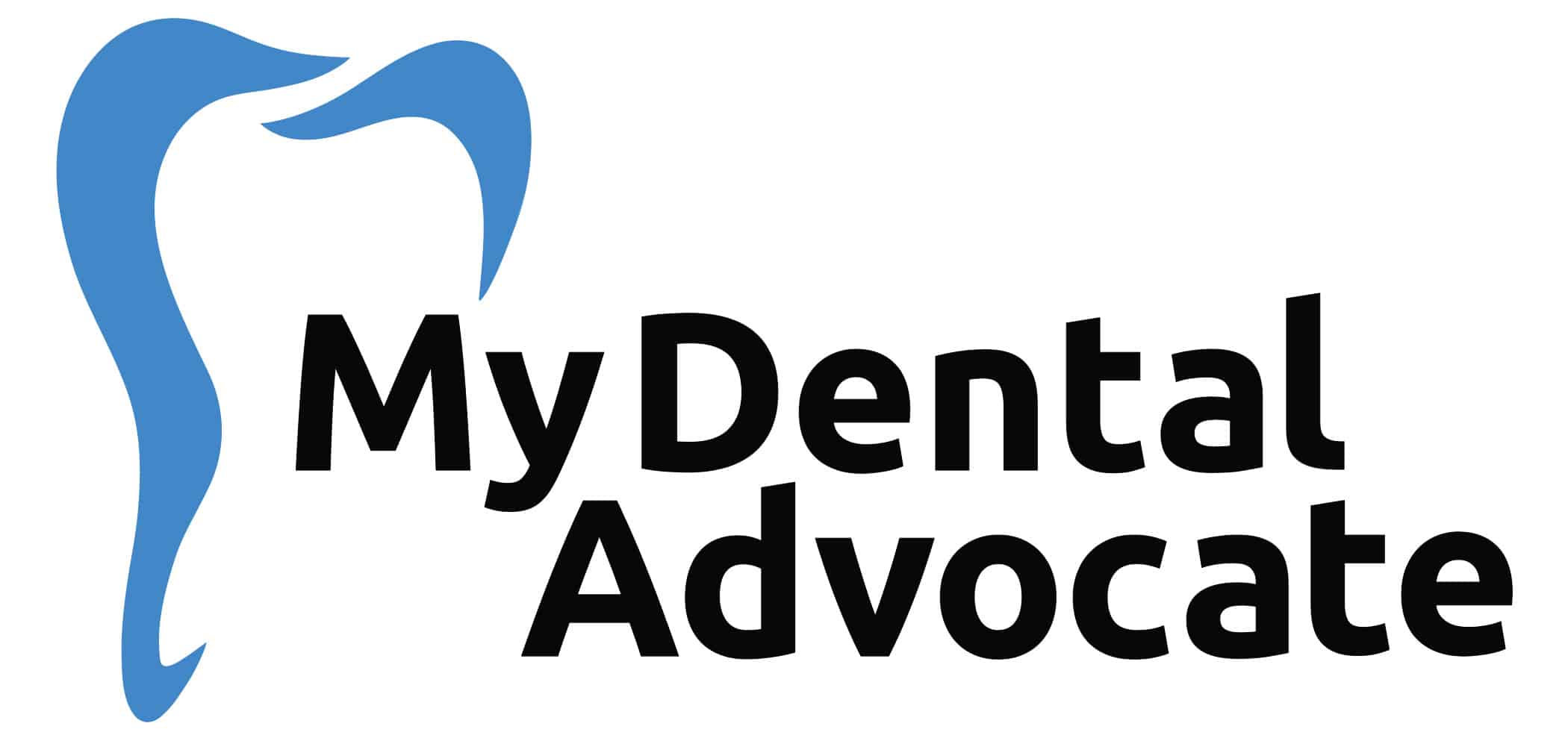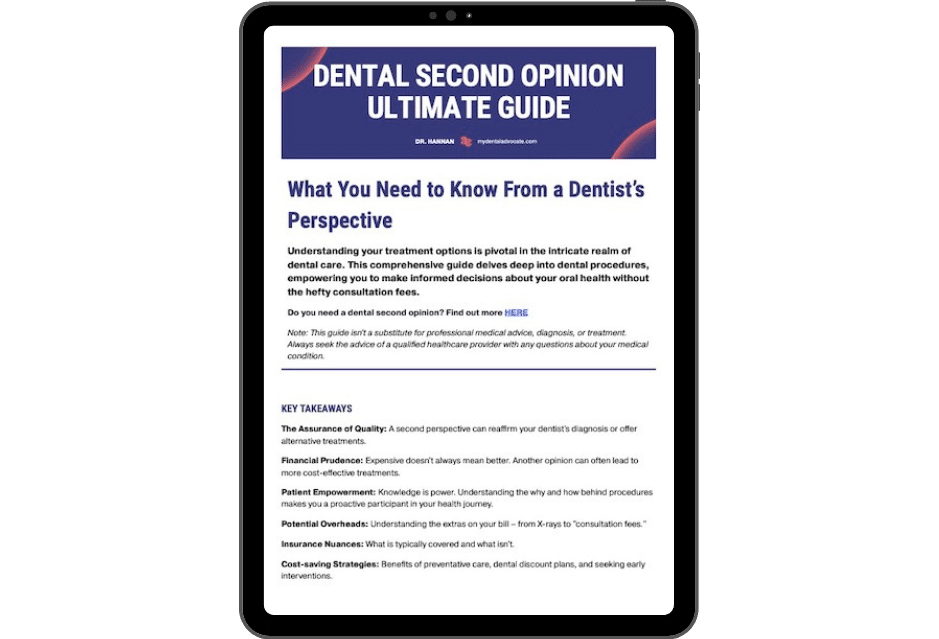Do Dental X-rays Show Cancer? (Expert Advice)
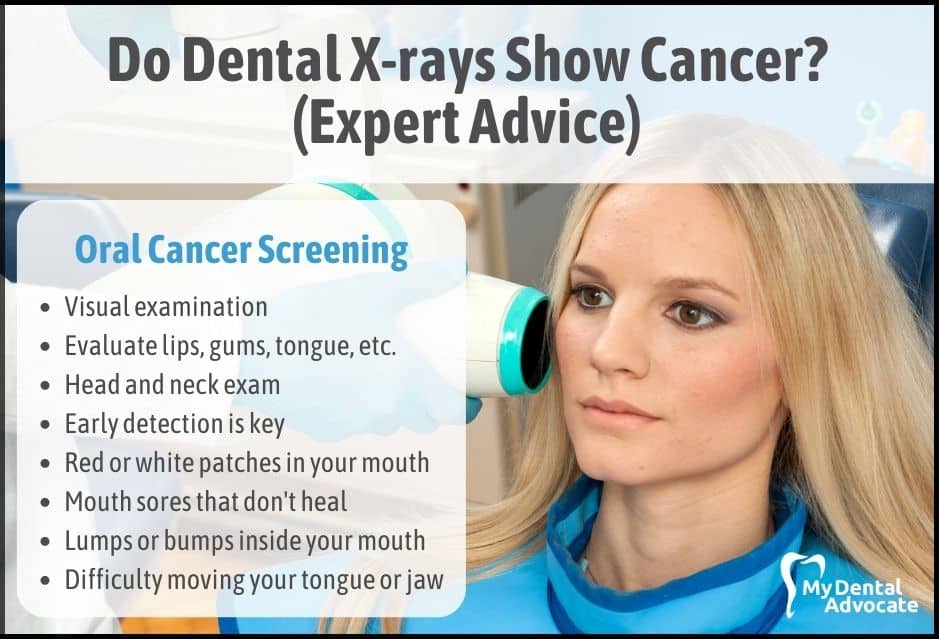
When we step into a dental office for a routine checkup, one of the common procedures we encounter is the dental X-ray.
Often, these X-rays are taken to help dentists identify hidden dental abnormalities, cavities, or gum disease.
But have you ever wondered, “Do dental X-rays have the ability to detect something more serious, such as cancer?”
It’s a valid question, given that X-rays are used in the broader medical field to identify various conditions, including tumors.
Need Dental Advice? Ask Dr. Hannan!
Key Takeaways
- Dental X-rays are a valuable diagnostic tool in addition to general oral health examinations.
- Though not a direct diagnosis method, dental X-rays can help detect early signs of oral cancer and other related issues.
- Ensuring regular dental checkups and X-rays contribute to maintaining optimum oral health and uncovers potential risks early on.
Dental X-rays & Cancer Detection
Dental X-rays are useful for detecting various abnormalities in your oral health, including early signs of cancer in the mouth. Your dentist uses these images to examine structures within your teeth and jaw that cannot be seen during a routine checkup.
Some common dental X-ray types that can detect tumors and other signs of oral cancer include bitewing, periapical, and panoramic X-rays. Additionally, they can help identify risk factors associated with developing oral cancer.
It is important to understand that dental X-rays alone may not provide a definitive cancer diagnosis. They are, however, a valuable tool in detecting potential signs of cancer in its early stages.
Dentists often combine dental X-rays with oral cancer screening to increase the chances of early detection and improve the likelihood of a successful cure.
Oral Cancer Screening
- Red or white patches in your mouth
- Mouth sores that don’t heal
- Lumps or bumps inside your mouth
- Difficulty moving your tongue or jaw
By identifying these symptoms early on, your dentist can recommend an appropriate course of action to address any concerns and increase your chances of successful treatment.
While dental X-rays do involve radiation exposure, the risk of developing cancer due to this exposure is minimal. Advances in dental diagnostic technology, including digital X-rays, have significantly reduced radiation doses compared to traditional methods.
Your dentist will carefully evaluate the necessity for X-rays and balance their diagnostic benefits with potential risks to ensure your health remains a top priority.
Recommended Reading: Transforming Dental Health: The Breakthrough of Digital Dental X-raysRadiation Exposure from Dental X-Rays
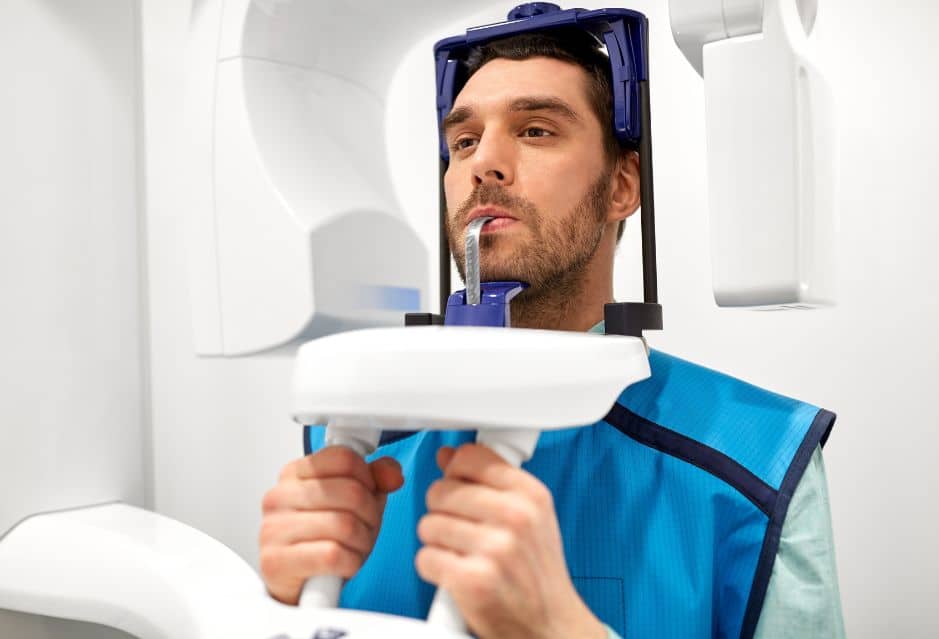
When you undergo a dental x-ray, the level of radiation exposure is extremely low.
A full-mouth series of radiographs, typically involving 18-22 separate images of your teeth, exposes you to roughly the same radiation risk as a passenger on a cross-country flight, according to Dana-Farber Cancer Institute.
According to Cleveland Clinic, dental X-rays, or radiographs, are essential for dentists to examine structures in your mouth that can’t be seen during a routine checkup, such as your jawbone, nerves, sinuses, and teeth roots.
Digital radiography is becoming more common today, reducing radiation exposure compared to traditional film X-rays.
While few studies have examined health effects related to dental X-ray exposure, only limited findings suggest that there may be a slightly increased risk of meningioma and thyroid cancer, according to PubMed.
However, more studies with larger populations and prospective designs are needed to elaborate on these associations further.
To mitigate possible risks during a dental x-ray, your dentist may provide you with a lead apron and thyroid collar. These protective measures can minimize your exposure to radiation during the procedure.
It’s important to discuss any concerns regarding radiation exposure with your dentist so that you can make informed decisions about when and how often X-rays should be taken as part of your dental care.
Types of Dental X-Rays
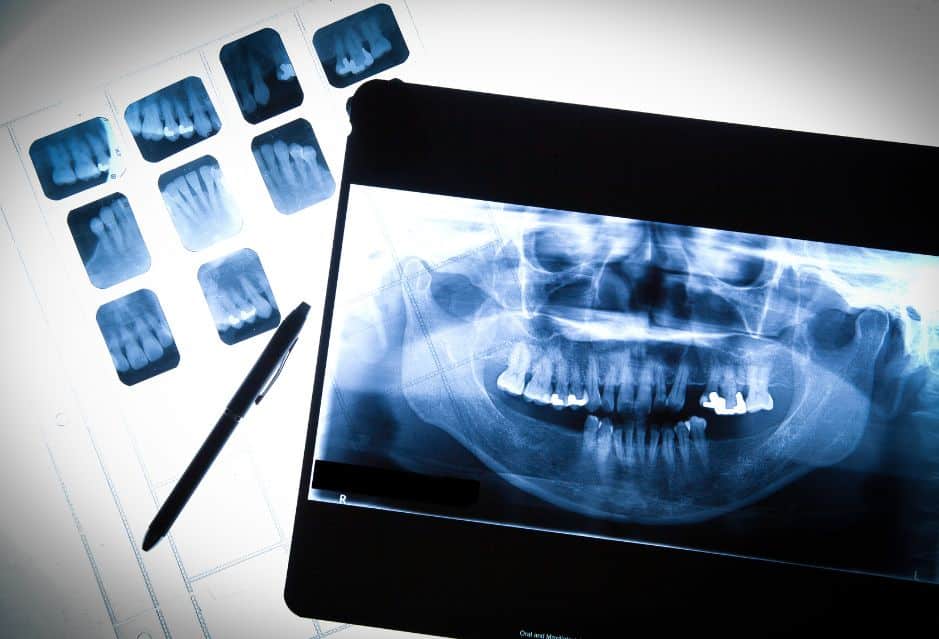
Dental X-rays are crucial for maintaining good oral health and detecting any potential issues that may arise.
When you visit a dentist, they may use various dental X-rays to examine your teeth, gums, and jaw closely. Here are some common types of dental X-rays and their specific uses.
Bitewing X-rays help your dentist examine the crowns of your teeth and the supporting bone. These X-rays are useful for detecting cavities and gum disease, especially in the areas between teeth.
They can also help ensure that fillings and crowns are properly placed and fit well.
Panoramic X-rays provide a broad view of your entire mouth, showing all your upper and lower teeth in one image. These X-rays are important for detecting issues with your jaw, impacted teeth, or the overall growth and development of your teeth. Dentists often use panoramic X-rays for orthodontic treatment planning and implant placement.
Periapical X-rays focus on the entire tooth, from the crown to the root. These X-rays help identify issues below the gum line, such as root damage, cysts, or abscesses, that may not be visible during a regular checkup.
Occlusal X-rays are designed to capture an image of the biting surfaces of your teeth. These X-rays are useful for children, as they can help detect problems with tooth development and monitor the growth of primary and permanent teeth.
Cephalometric X-rays are extraoral X-rays that focus on your head’s side view. They are often used in orthodontic treatment planning to assess your bone structure and how your teeth are positioned relative to each other.
Intraoral X-rays are taken inside your mouth and can show detailed images of your teeth, gums, and supporting bone. They are essential for detecting various dental issues and planning specific dental treatments.
Extraoral X-rays are taken outside your mouth and are used to provide information about your jaw and skull. These X-rays can help detect issues with jaw alignment, temporomandibular joint disorders (TMJ), and problems with your sinuses.
Computed Tomography (CT) scans provide three-dimensional images of your teeth, soft tissues, and nerve pathways. Dentists use CT scans for complex treatment planning, such as dental implant placement, evaluating jaw tumors, and assessing bone structure before orthodontic treatment.
These dental X-rays are critical in maintaining oral health and detecting potential issues before they become more severe. Each type of X-ray serves a unique purpose, allowing your dentist to comprehensively understand your dental health and create the best possible treatment plan.
The use of lead aprons and advancements in digital X-ray technology have helped reduce radiation exposure during dental X-rays.
Benefits and Limitations of Dental X-Rays
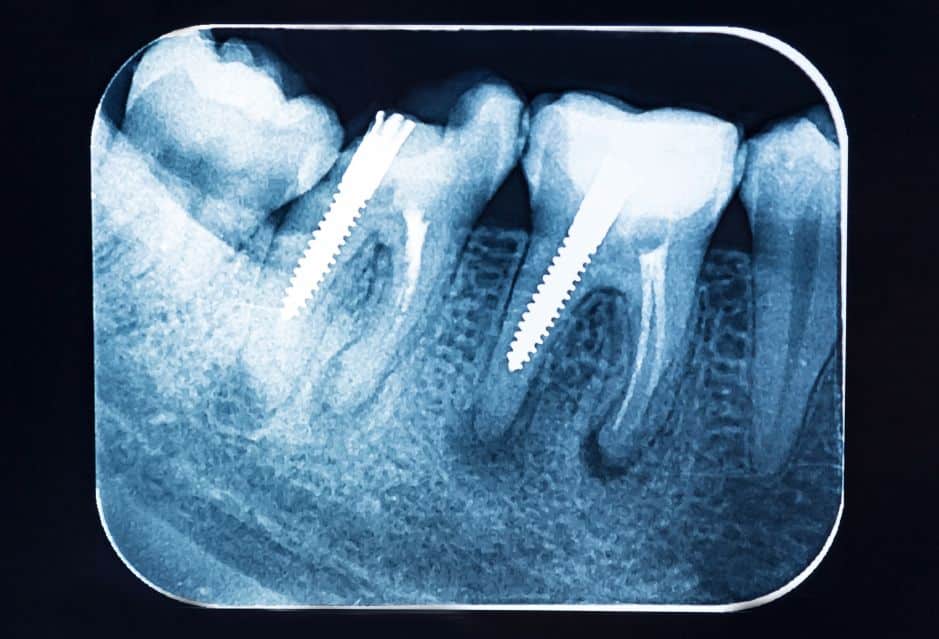
Dental X-rays are an essential tool to help maintain your overall oral health. They can detect issues, such as cavities, decay, and bone loss, that may be hidden from the naked eye during a routine checkup.
These images can also be useful in determining the health of your gums and the surrounding soft tissues. With this information, your dentist can provide the most appropriate treatment for any issues they discover.
X-rays can be particularly helpful in catching issues early on, such as cavities, gum disease, and infections.
Early detection can save you from experiencing unnecessary pain and can even prevent invasive procedures like root canals.
They also play a crucial role in planning dental work such as implants or crowns, ensuring the best possible outcome for your treatment.
Another advantage of dental X-rays is the ability to screen for oral cancer.
If your dentist detects any concerning signs during your oral cancer screening, X-rays can provide further insight into any abnormalities. This early detection can be vital to effectively treating oral cancer and minimizing its impact on overall health.
However, there are limitations to dental X-rays. One concern is the radiation exposure, albeit at low levels. Dental professionals follow strict guidelines and use digital techniques to minimize this risk.
Additionally, if you are pregnant, it is essential to inform your doctor, as X-rays are generally avoided during pregnancy to protect the developing fetus.
Safety & Frequency of Dental X-Rays
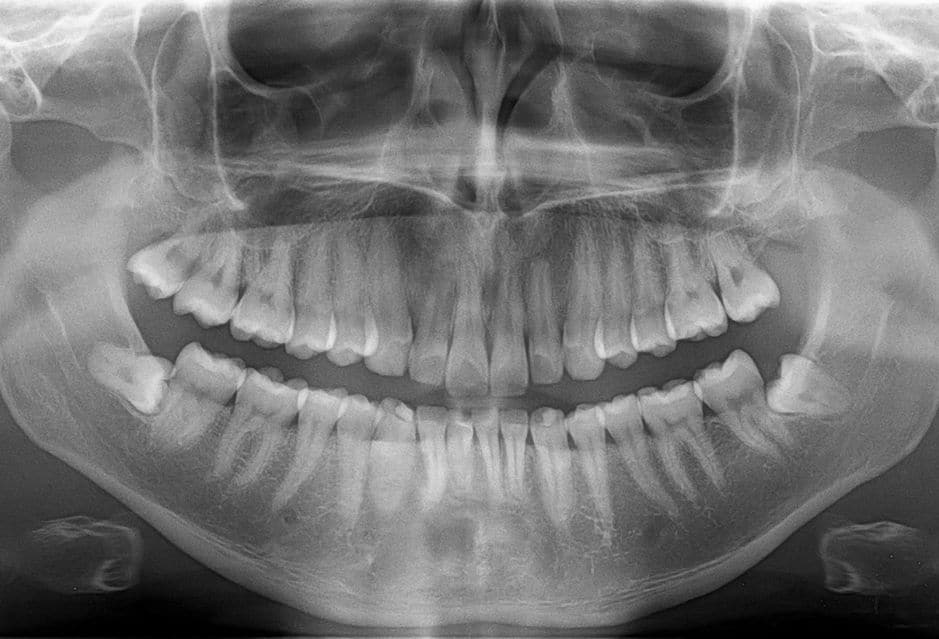
Dental X-rays, or radiographs, are essential for dentists in diagnosing various dental issues such as tooth decay, abscesses, impacted teeth, and problems with braces or dentures.
As a patient, it is important to understand these X-rays’ safety and frequency to maintain oral health.
Regarding safety, dental X-ray imaging has significantly improved over the years, with the development of digital techniques leading to reduced radiation doses.
However, any exposure to electromagnetic radiation carries some risk, and dental X-rays are no exception.
The American Cancer Society affirms that X-rays can cause cancer, though the risk is low compared to the valuable diagnostic information they provide.
Dental professionals follow strict safety guidelines to minimize radiation exposure, ensuring you only receive the necessary amount. They usually provide a lead apron to shield your body from radiation during the procedure.
Moreover, dental technicians are trained to follow best practices to avoid unnecessary exposure for themselves and their patients.
The frequency of dental X-rays varies depending on the individual’s specific dental needs and overall oral health.
The U.S. Food and Drug Administration (FDA) and American Dental Association recommend that the frequency be decided on a case-by-case basis after evaluating the patient’s caries (tooth decay or cavity) risk assessment.
You and your dentist will discuss your risk factors and determine the most suitable intervals between X-rays.
Oral Cancer (Risk Factors & Causes)
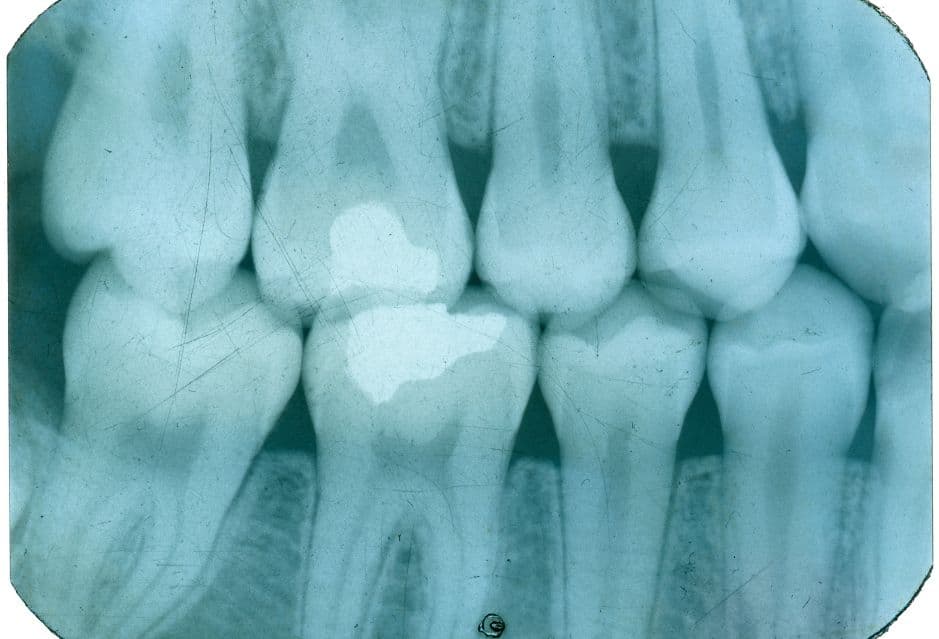
Oral cancer can develop in various parts of the mouth, including the throat, lips, tongue, and the roof and floor of the mouth.
It occurs when abnormal cells form lesions or tumors in these areas.
Numerous risk factors and causes can contribute to the development of oral cancer, and awareness of them can help you understand and potentially lower your risk.
Tobacco use is one of the strongest risk factors for oral cavity and oropharyngeal cancers, which include mouth cancer.
This includes both smoking and smokeless tobacco, such as chewing tobacco.
If you currently use tobacco products, it is important to consider quitting to reduce your risk of developing oral cancer.
Alcohol use is another significant factor that can increase your risk of mouth cancer.
The risk of developing oral cancer is especially high for those who smoke tobacco and regularly consume alcohol. Reducing your alcohol intake or quitting altogether can help minimize your risk.
Infection with the human papillomavirus (HPV), specifically the HPV 16 type, has been linked to an increased risk of oral cancer. Practicing safe sex and getting vaccinated against HPV can help protect you from this potentially harmful virus.
Age also plays a role in oral cancer risk, as it most often occurs in individuals over 40. But, this does not imply that younger people are immune to the disease; it is essential to stay vigilant and maintain regular oral health checkups regardless of age.
Finally, sun exposure can cause cancer of the lip. Therefore, applying sun protection to your lips and wearing wide-brimmed hats when outdoors can help lower your risk of lip cancer.
Regular dental checkups, including oral cancer screenings, ensure early detection and timely treatment if any signs of potentially cancerous lesions are present.
By staying informed of oral cancer’s risk factors and causes, you can make informed decisions to protect your oral health.
Diagnosis & Treatment of Oral Cancer
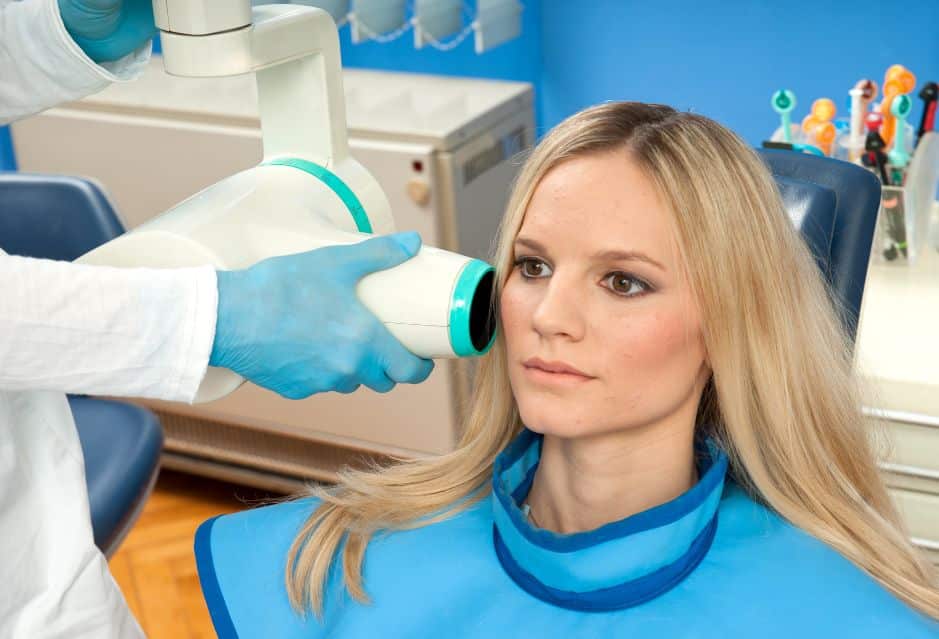
A thorough oral cavity examination plays a critical role when diagnosing oral cancer.
Its purpose is to identify abnormal growths, sores, or lesions in areas like your gums, tongue, and the inner lining of your cheeks.
To ensure accurate assessment, your dental professional will perform intraoral and extraoral conventional visual and tactile examinations (ADA).
During the diagnostic process, your dentist may recommend an X-ray to examine the roots of your teeth for any abscesses or damage that might be present.
Dental X-rays can be beneficial in detecting early signs of cancer or other concerns in the hidden areas of your mouth, such as the bones or the spaces between teeth.
However, when confirming a diagnosis, a biopsy is generally required (Mayo Clinic).
As part of the oral cancer diagnostic process, imaging tests like X-rays, CT scans, MRI scans, or PET scans may also be recommended to determine if the cancer has spread beyond your mouth (Mayo Clinic).
Remember that not everyone needs each test; your doctor will determine which tests are appropriate based on your condition.
Before starting any cancer treatment, it’s important to prepare yourself. This may involve visiting your dentist at least four weeks prior to initiating your treatment to allow time for healing if any dental work is required (ADA).
Your dental professional will examine your adult teeth and help address any concerns that could cause mouth sores or complications during your cancer treatment journey.
Your doctor and dental professional will collaborate to develop a comprehensive treatment plan suited to your needs. This may involve surgical removal of the tumor, performed by surgeons specializing in oral cancer cases.
Sometimes, you may need additional treatments such as radiation therapy or chemotherapy following surgery. Regular follow-up appointments will be crucial to monitor your recovery and ensure the cancer has not recurred.
Keeping a clear line of communication with your healthcare providers is crucial throughout your oral cancer diagnosis and treatment process.
This will allow you to maintain a proactive role in managing your oral health while staying informed about any changes in your condition.
Frequently Asked Questions (FAQ)
Can dental X-rays detect all types of cancer?
No, dental X-rays primarily reveal issues related to teeth, bones, and supporting tissues of the mouth. They may show abnormalities that could suggest oral cancer, but they’re not designed to detect other types of cancer. Even for oral cancers, additional diagnostic tests are usually needed for confirmation.
Are dental X-rays harmful? Could they cause cancer?
Dental X-rays involve exposure to low levels of radiation, and the risk of harm is very low. Modern dental X-ray machines are designed to minimize the radiation exposure. The risk of a dental X-ray causing cancer is extremely minimal, but as with any radiation exposure, it’s always important to limit it as much as possible.
What are some other methods for detecting oral cancer?
Besides a visual examination and dental X-rays, other methods for detecting oral cancer include biopsy of suspicious tissues, endoscopy to check areas not easily seen, and specialized imaging tests like CT scans, MRIs, or PET scans for more detailed views or advanced cases.
My Experience & Expertise
As a dentist, dental X-rays, with their various types and capabilities, are a vital part of maintaining oral health.
They provide key insights that can help in the early detection and treatment of various dental conditions.
However, their role in detecting serious issues like cancer is limited and must be complemented by other diagnostic methods. Regular dental check-ups remain essential for the early identification of oral health problems.
Therefore, staying vigilant about oral health and consulting your dentist routinely can lead to better health outcomes.
Need a second opinion? We can help! Learn more. Knowledge is power when cultivating healthy dental habits. The more informed you are, the better positioned you’ll be to prevent avoidable and potentially costly dental procedures for you and your family. Watch for future blog posts, where we’ll continue sharing important information, product reviews and practical advice!

About the Author
Dr. Matthew Hannan, also known as “Dr. Advocate,” is a board-certified dentist on a mission to provide accurate dental patient education. He attended Baylor University before completing dental school at UT Health San Antonio School of Dentistry. He now lives in Arizona with his beautiful wife and 4 kids. Dr. Hannan believes everyone should access easy-to-read dental resources with relevant, up-to-date dental research and insight to improve their oral health.

Connect with Dr. Hannan!
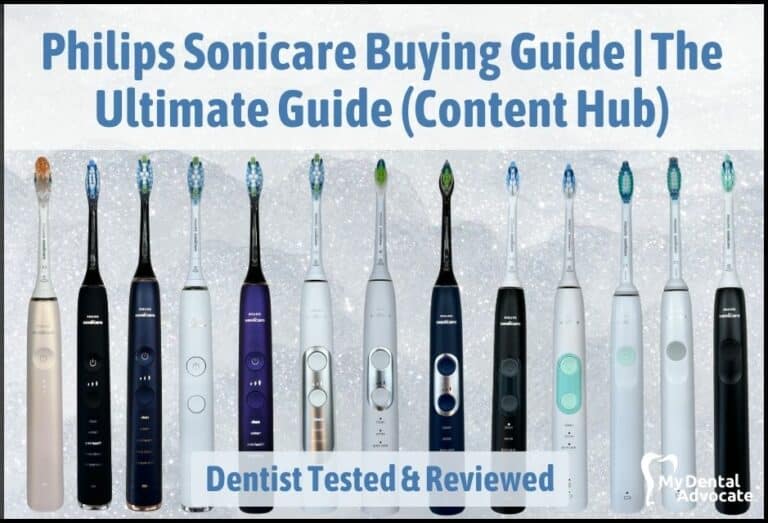
Sonicare Electric Toothbrush Buying Guide
As a dentist, I know the power of a great toothbrush in maintaining oral health. This guide is your one-stop resource for choosing the perfect Philips Sonicare electric toothbrush.
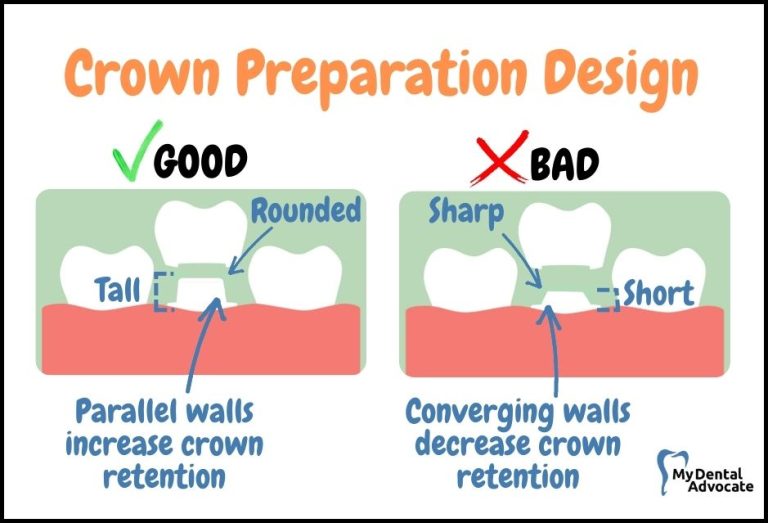
How Do CEREC Crowns Stay On? (Top 8 Reasons Crowns Fall Off)
If you are a patient who has had a CEREC crown placed, you may be wondering how it stays in place. What type of cement or bonding agent is used? If the crown ever comes off, is there a particular way to re-cement it?
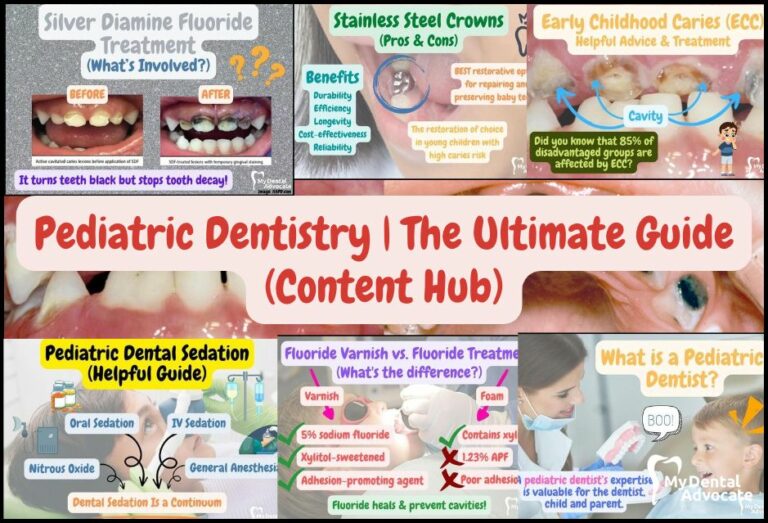
Pediatric Dentistry | The Ultimate Guide (Content Hub)
Pediatric dentists specialize in preventing, managing, and treating dental diseases in children and patients with special needs. After completing four years of dental school, they meet an additional 2 to 3 years of training…
Gain Clarity with Our FREE Second Opinion Guide
Receive clear, expert second opinions online within 48 hours. Start today!
Product Reviews
Our 250+ dental product reviews (and counting), curated by an experienced dentist, are the most comprehensive online.
Toothbrush Genie
State-of-the-art chatbot designed to help you discover your perfect toothbrush in just a few simple steps!
Cavity Risk Assessment
Cutting-edge digital tool designed to evaluate your individual cavity risk based on your responses to a series of questions.
Gum Disease Assessment
Discover your gum disease risk with our quick and engaging 6-question assessment!
